Background
Definition
Non-traumatic or traumatic condition of femoral head with bone death
Epidemiology
20 - 50 yo (average 38)
- M: F 4:1
NHx
70-80% with AVN will progress within 1 year
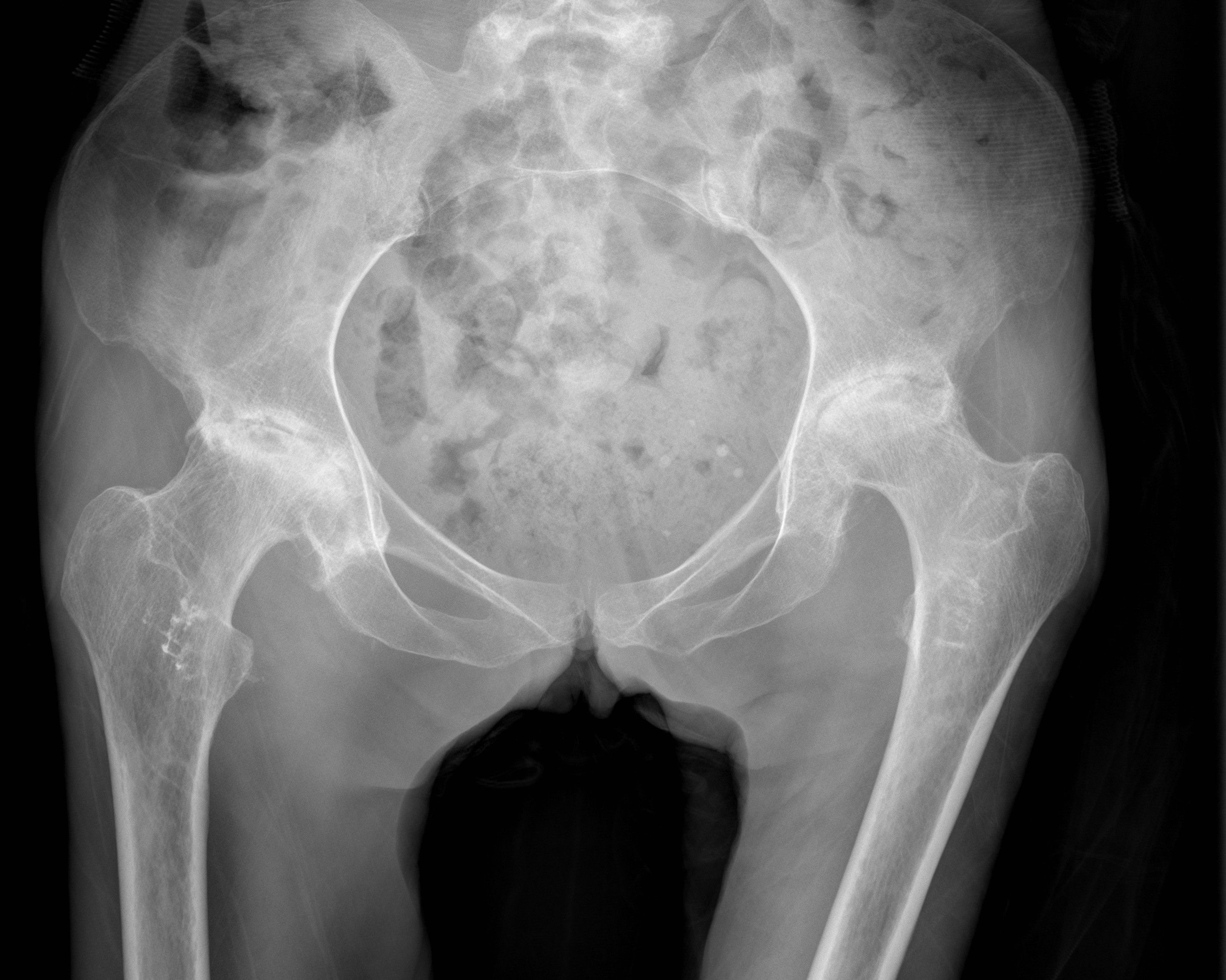
Non-traumatic or traumatic condition of femoral head with bone death
20 - 50 yo (average 38)
- M: F 4:1
70-80% with AVN will progress within 1 year
Under-riding toe
- toe lies beneath adjacent toe
- congenital deformity
Due to tight FDL & FDB
- capsule initially normal
- becomes constricted with time
Usually 3rd toe
- flexed, ER, medially deviated
Deformity accentuated when standing
Ankle dorsiflexion
Hyperextension of MTPJ and PIPJ / DIPJ flexion
- usually all toes affected
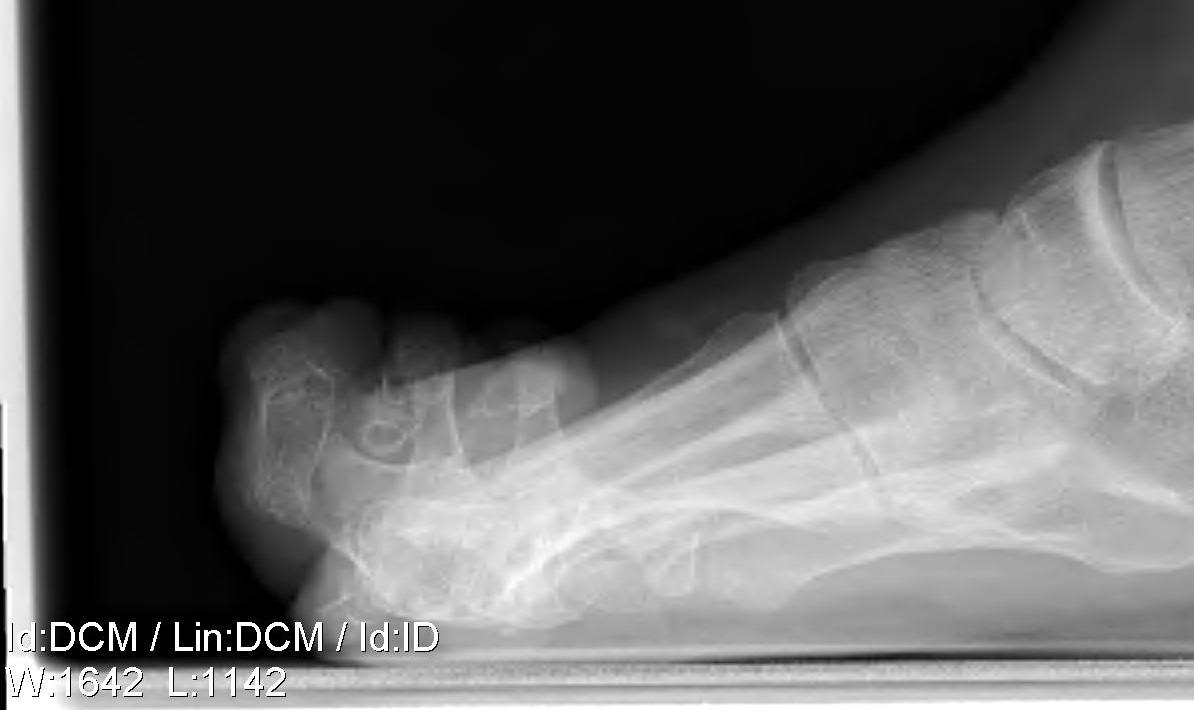
1. Complex hammer
- hammer toe with MTPJ extension
- hammer usually affects second toe
2. Curly toe
Disorder of immune system
- antigen-antibody complexes
- stimulate release of proteolytic enzymes
- leading to vasculitis, synovitis and cartilage destruction
Articular Effects
- synovitis
- ligamentous and capsular laxity
- cartilage destruction
- osseous erosion
Vasculitis
- rheumatoid nodules
C5, 6 from Upper trunk
Posterior triangle
- arises upper trunk and passes backward through posterior triangle
- under belly of omohyoid
- deep to trapezius to the suprascapular notch
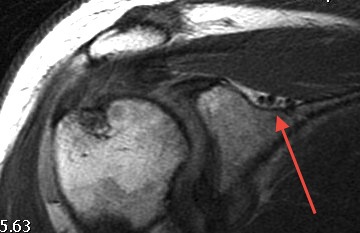
Runs through suprascapular notch
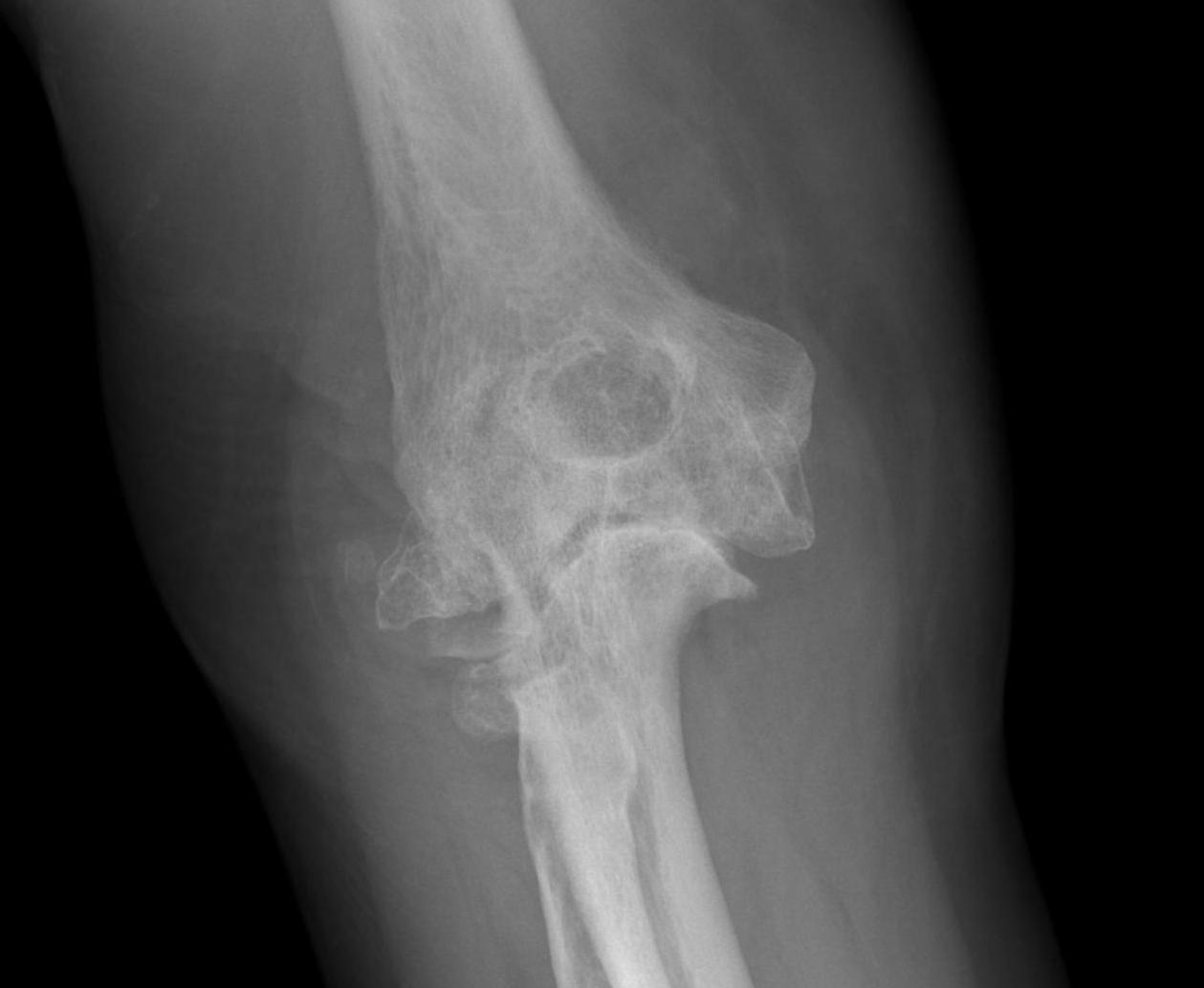
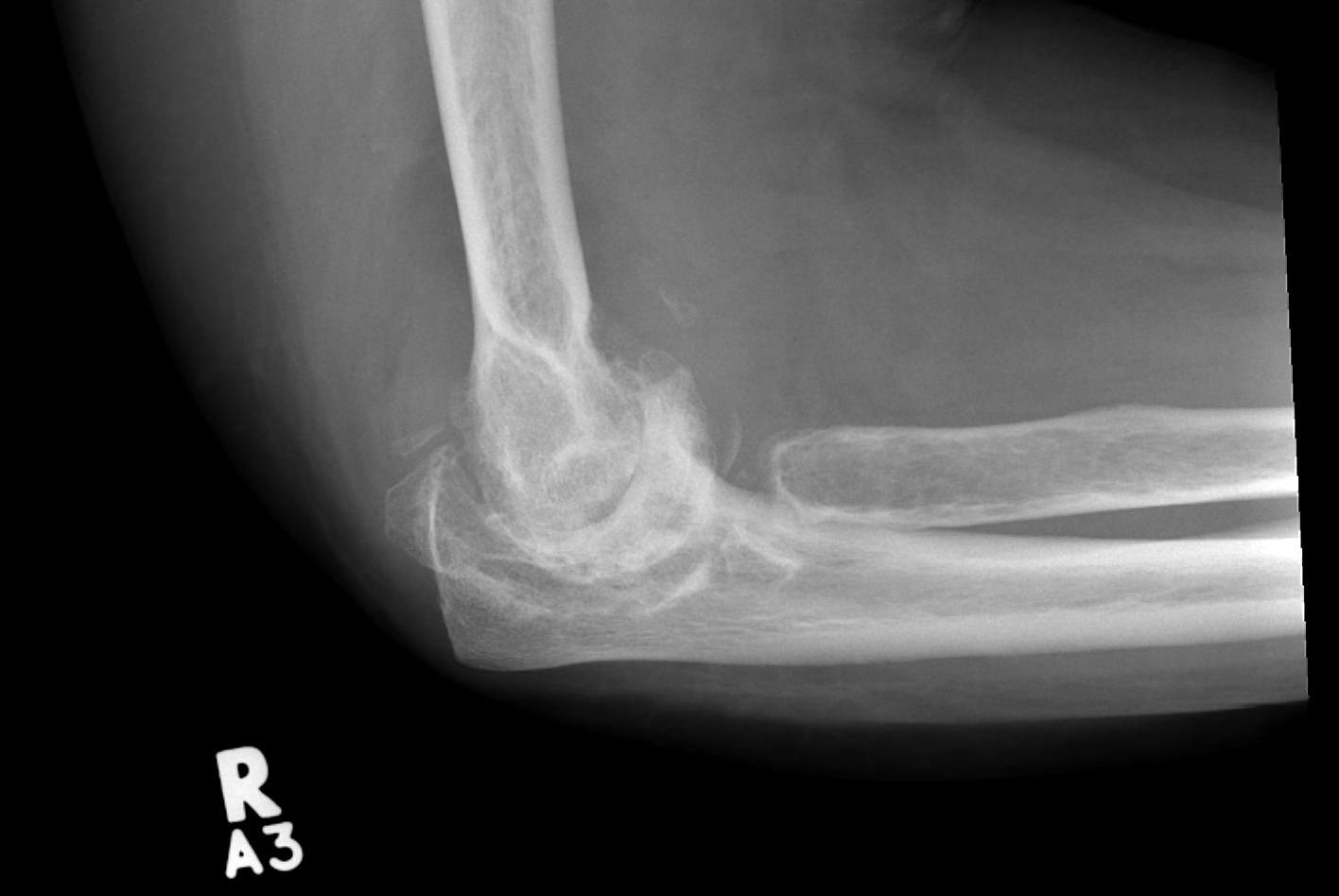
50% rheumatoid patients have elbow pathology
- 80% also have shoulder pathology
- 90% hand and wrist
Always consider entire upper limb
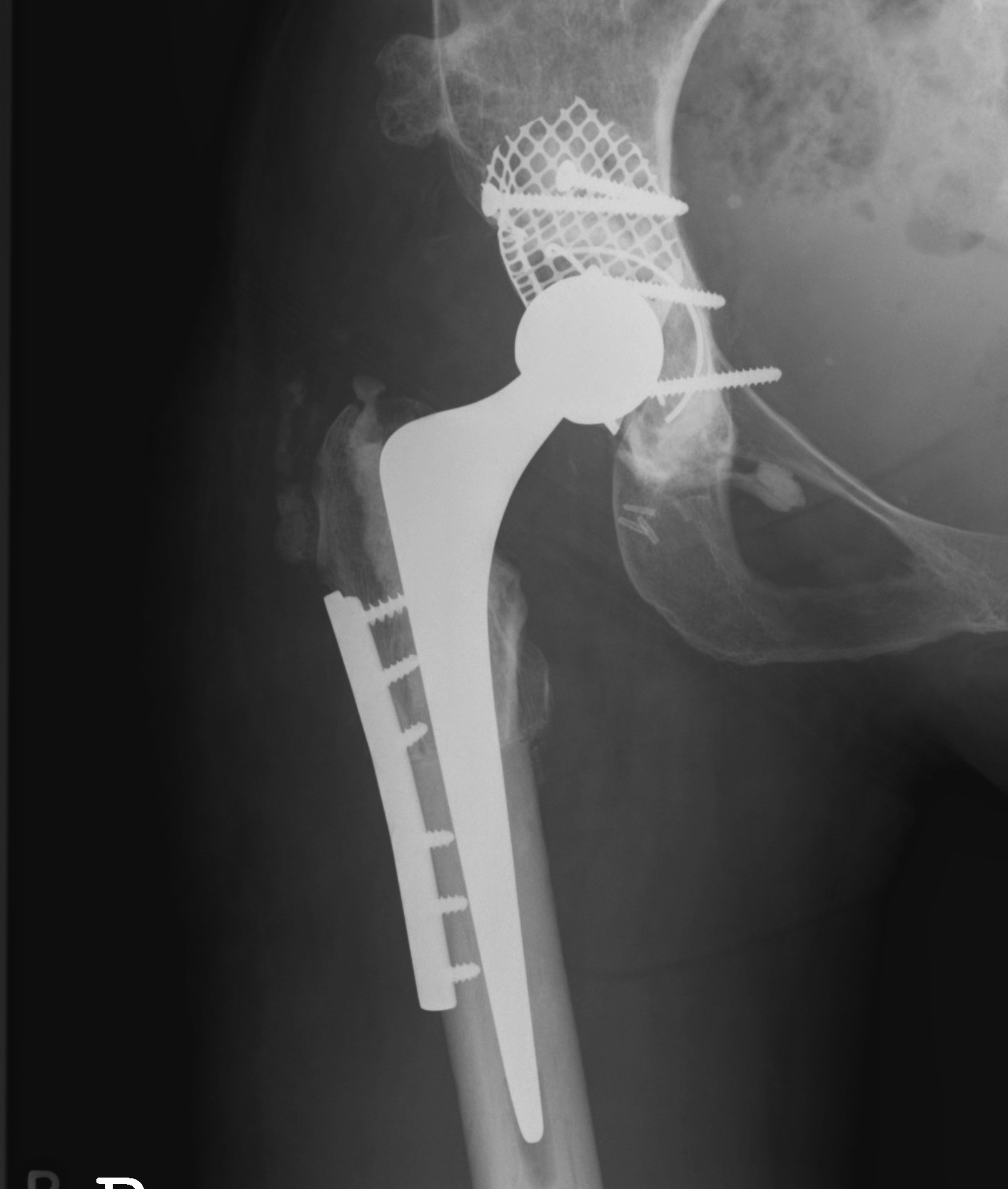
THR in dysplastic hips has a higher failure rate
- due to anatomic abnormalities
- due to generally younger age
Restore normal biomechanics and preserve bone stock
Soft tissues
Deformity characterised by
- dorsiflexion of calcaneus
- plantarflexion of forefoot / plantaris / forefoot equinus
Both sides of foot have elevated arch
Weakness of triceps surae
- polio - most common worldwide
- spina bifida
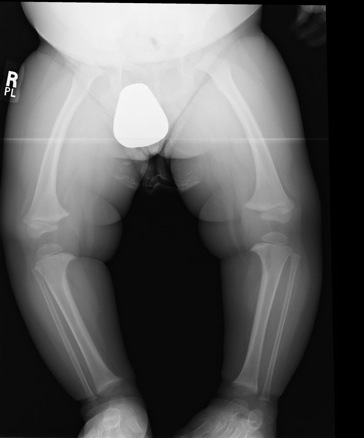
Progressive varus deformity of knees
- secondary to abnormality of medial upper tibial physis
- localised varus & internal rotation deformity
Infantile form
- onset 1-3 years / bilateral
Adolescent form
4th most common STS
- 10-35% of STS
Peak age 3rd-4th decade
- rare in children
Cellular characteristics suggest tumour arises from primitive synovial cells
- rarely actually occurs within joint
Occasionally metastasis to lymph nodes (5-7%)
- like Epitheloid Sarcoma